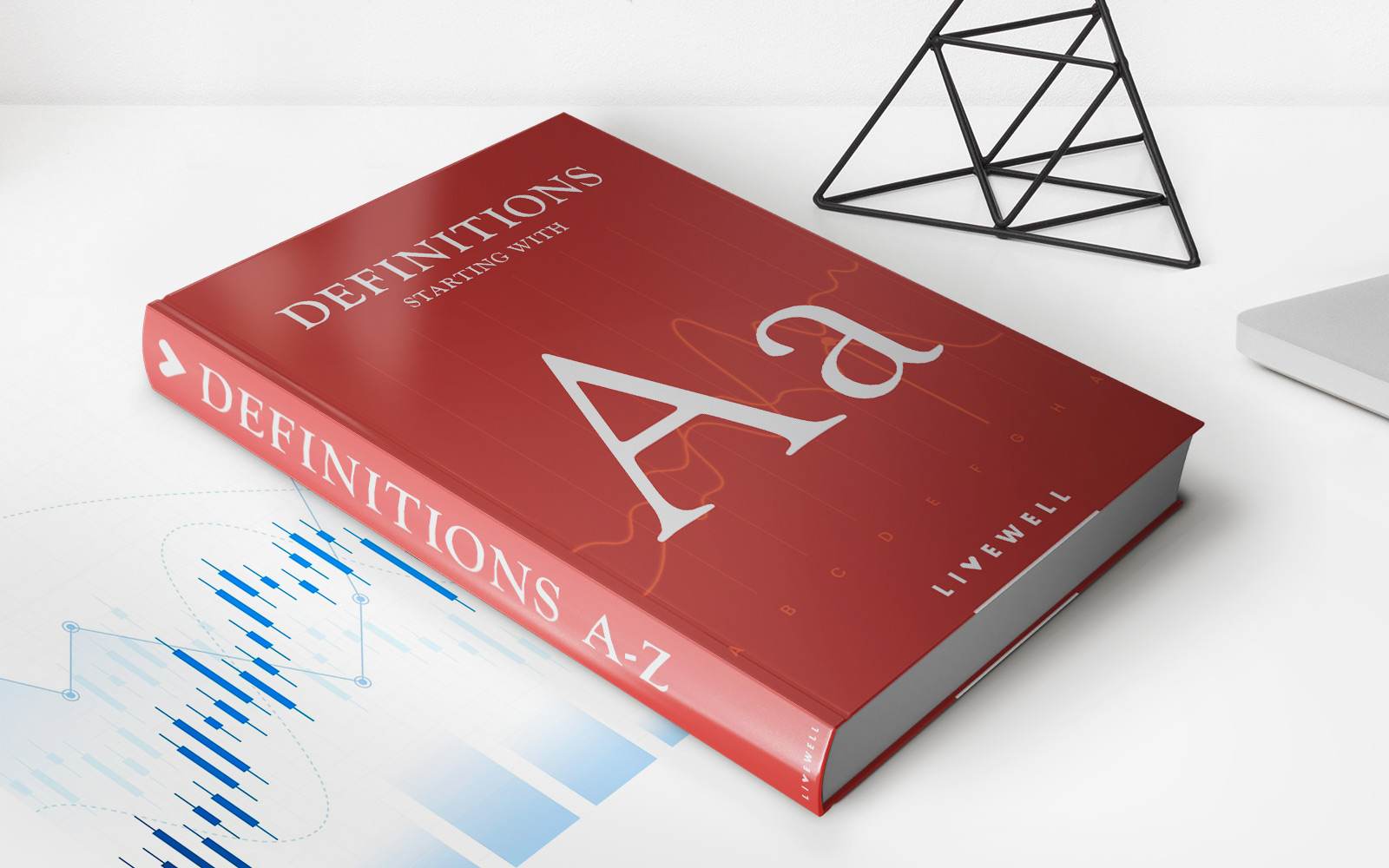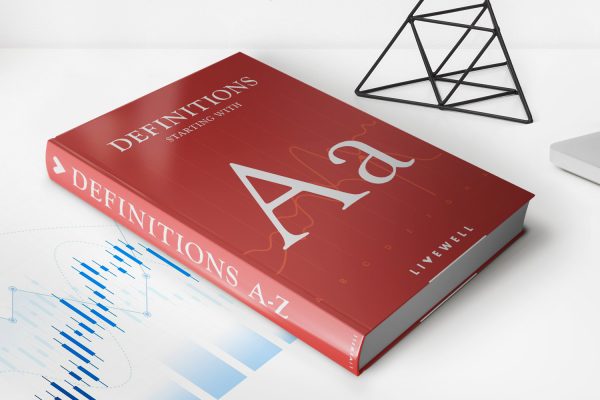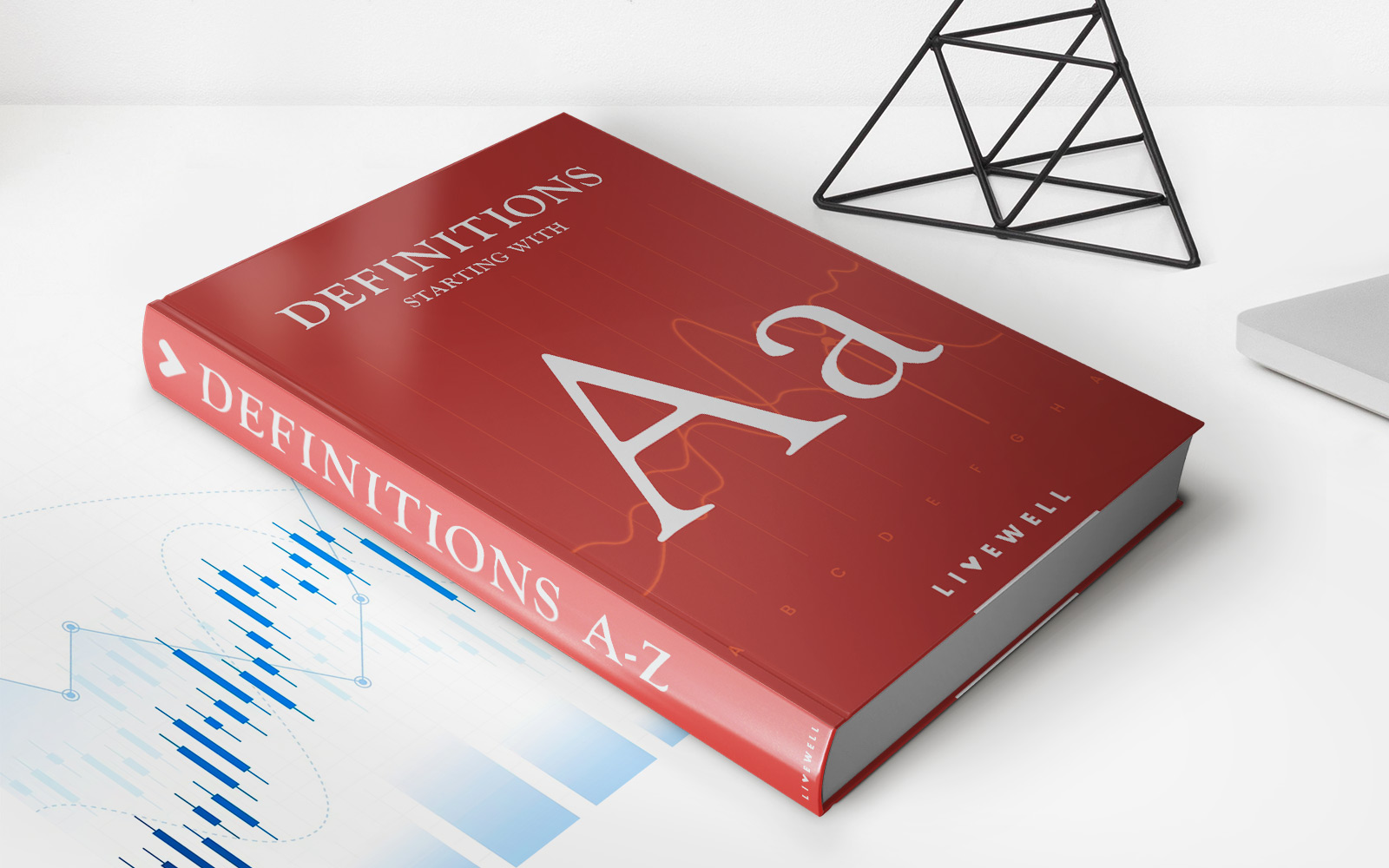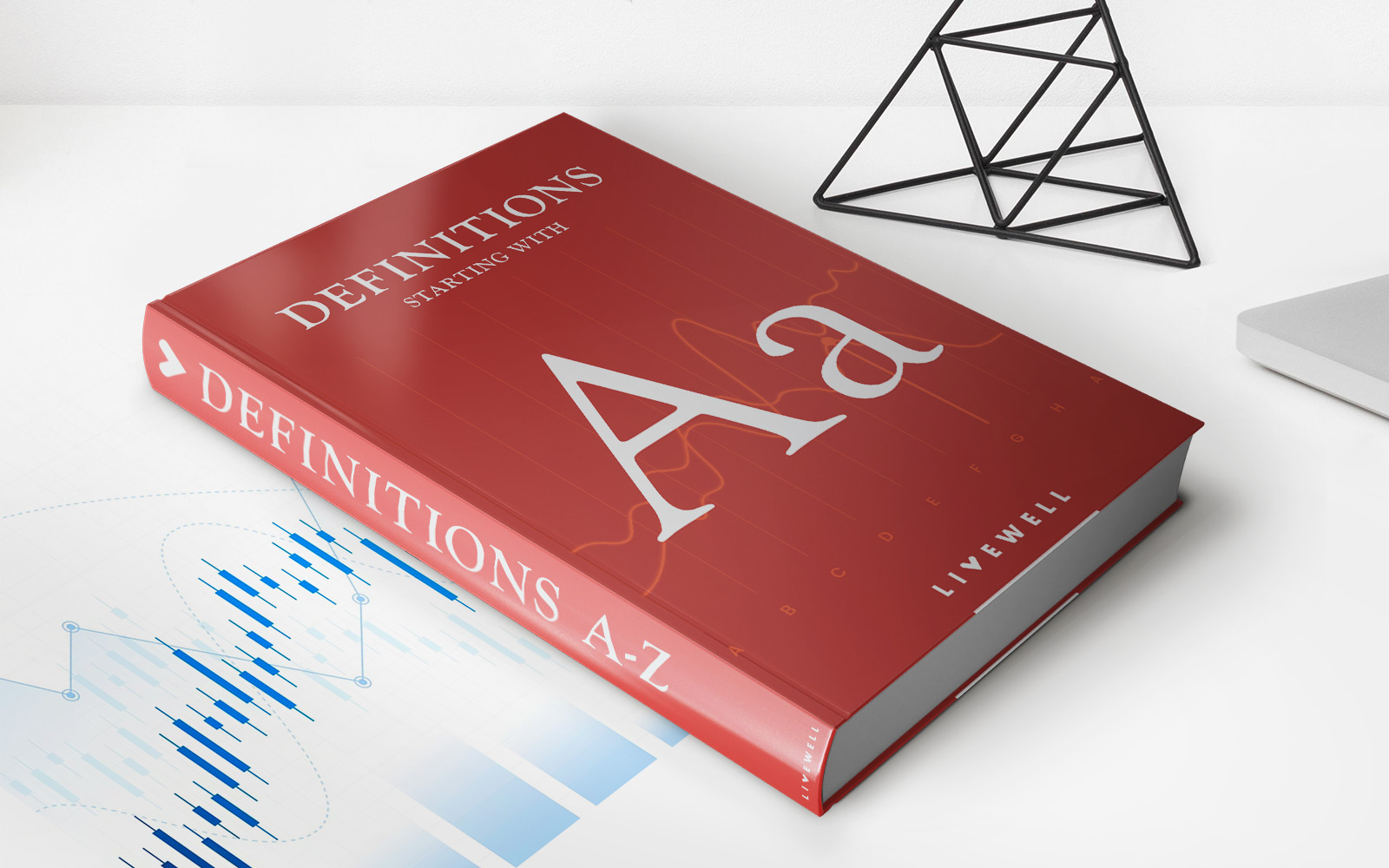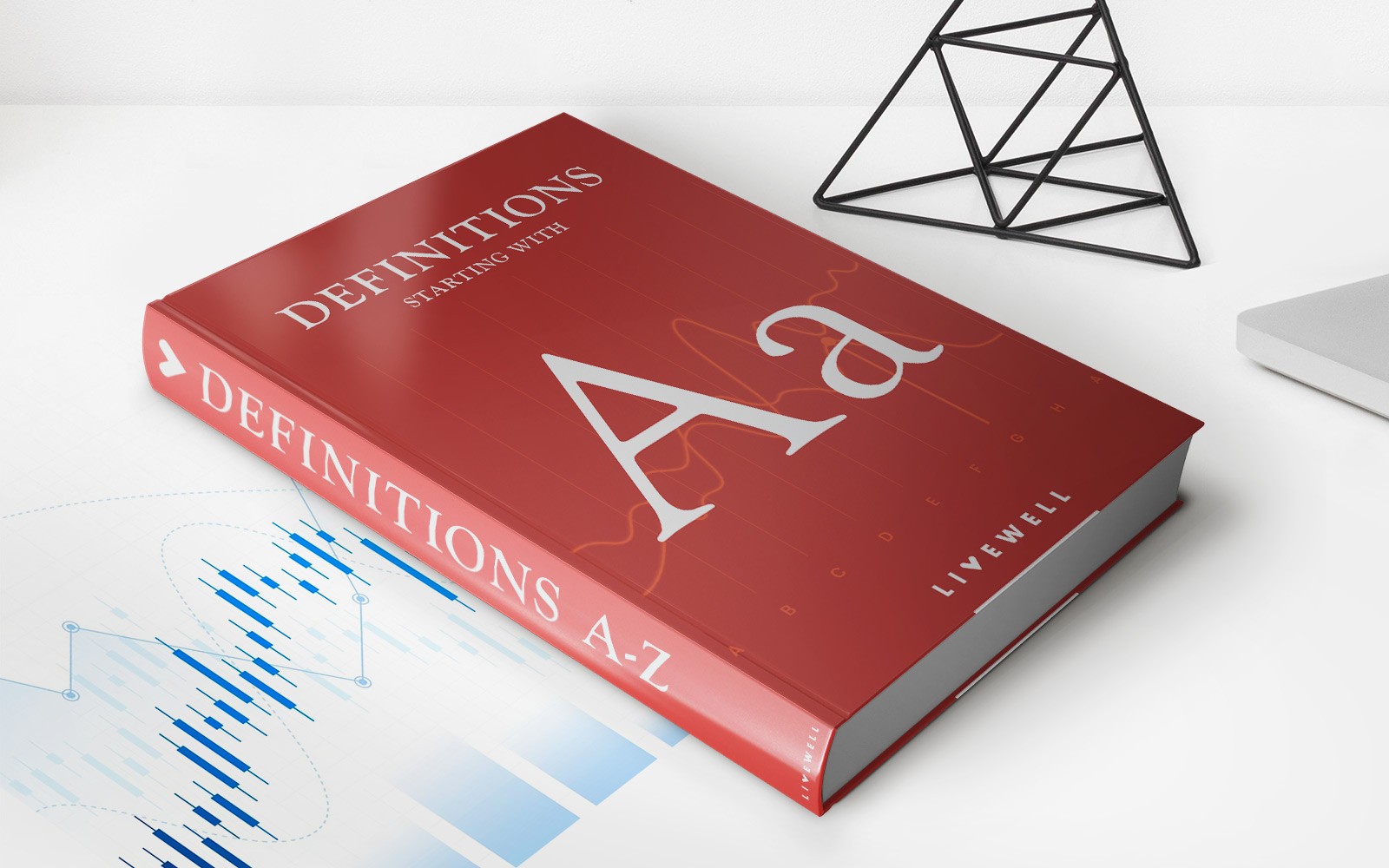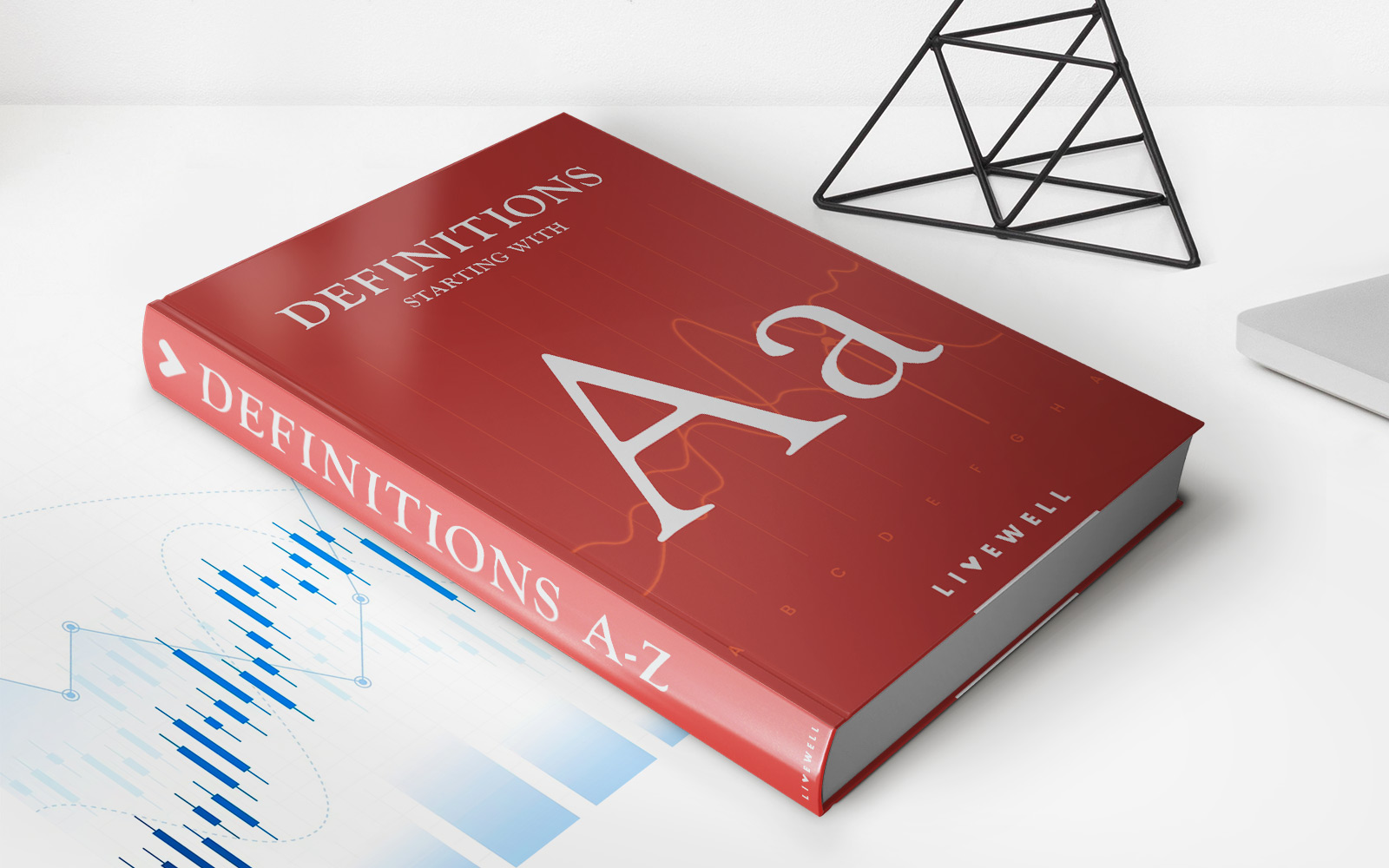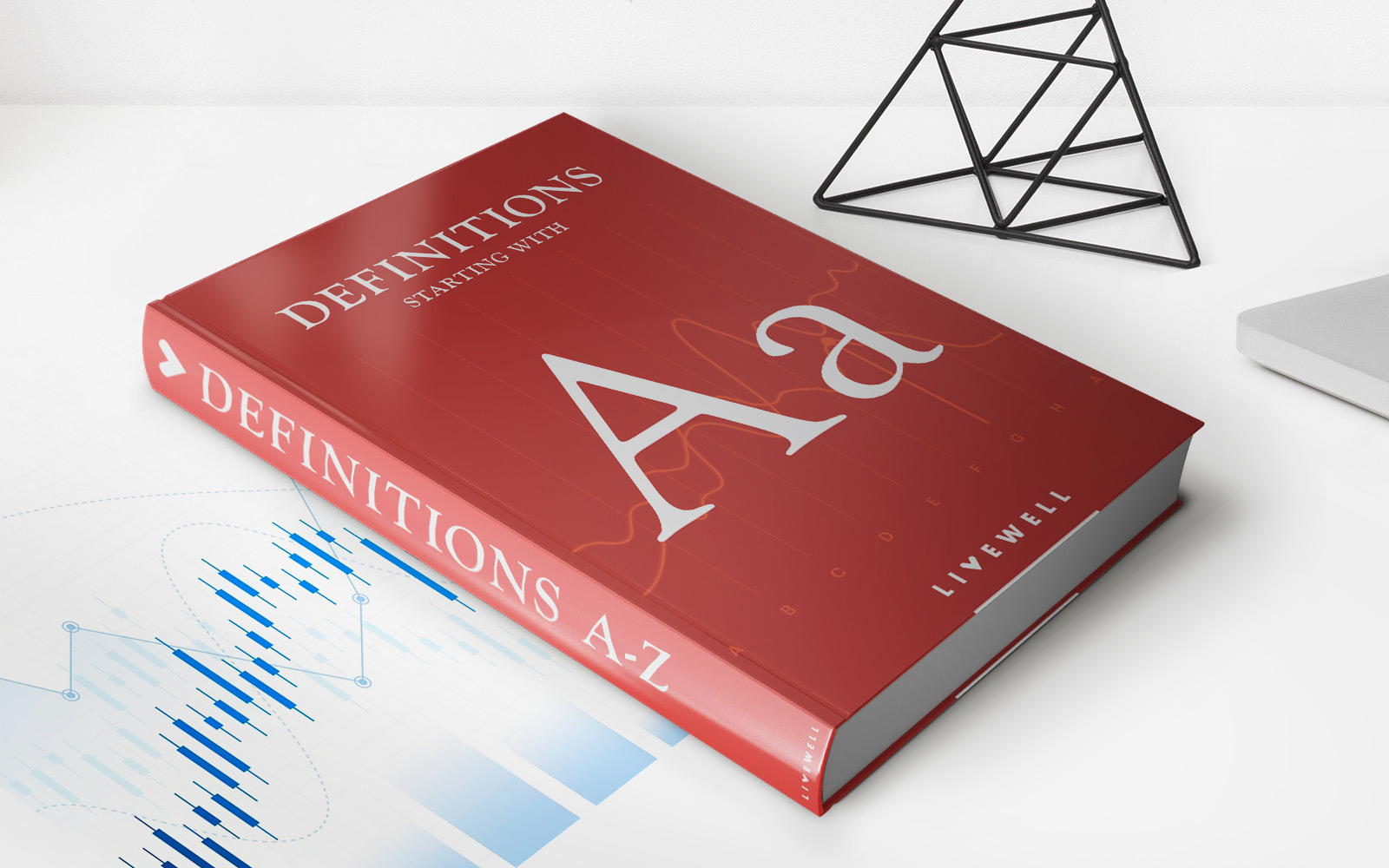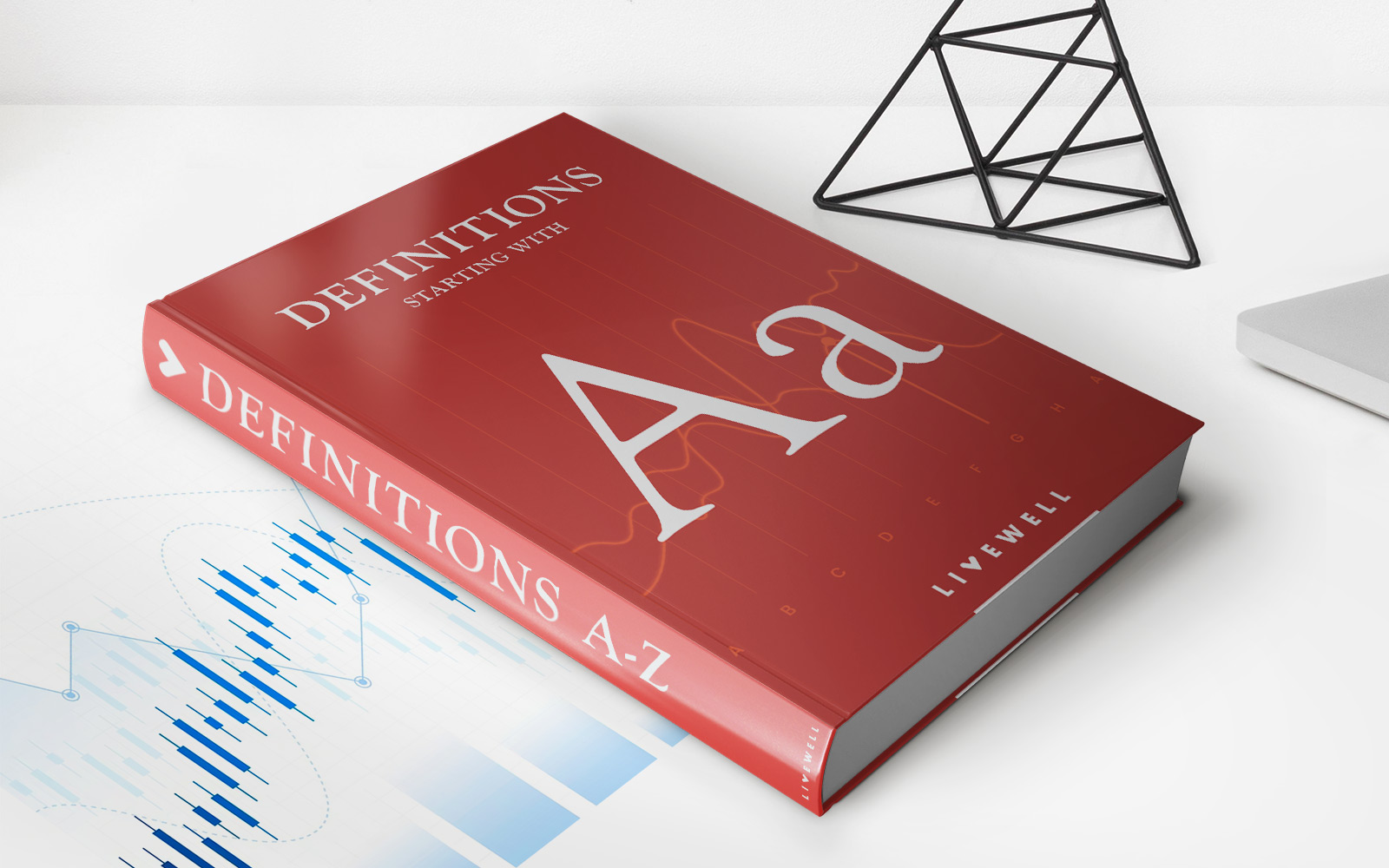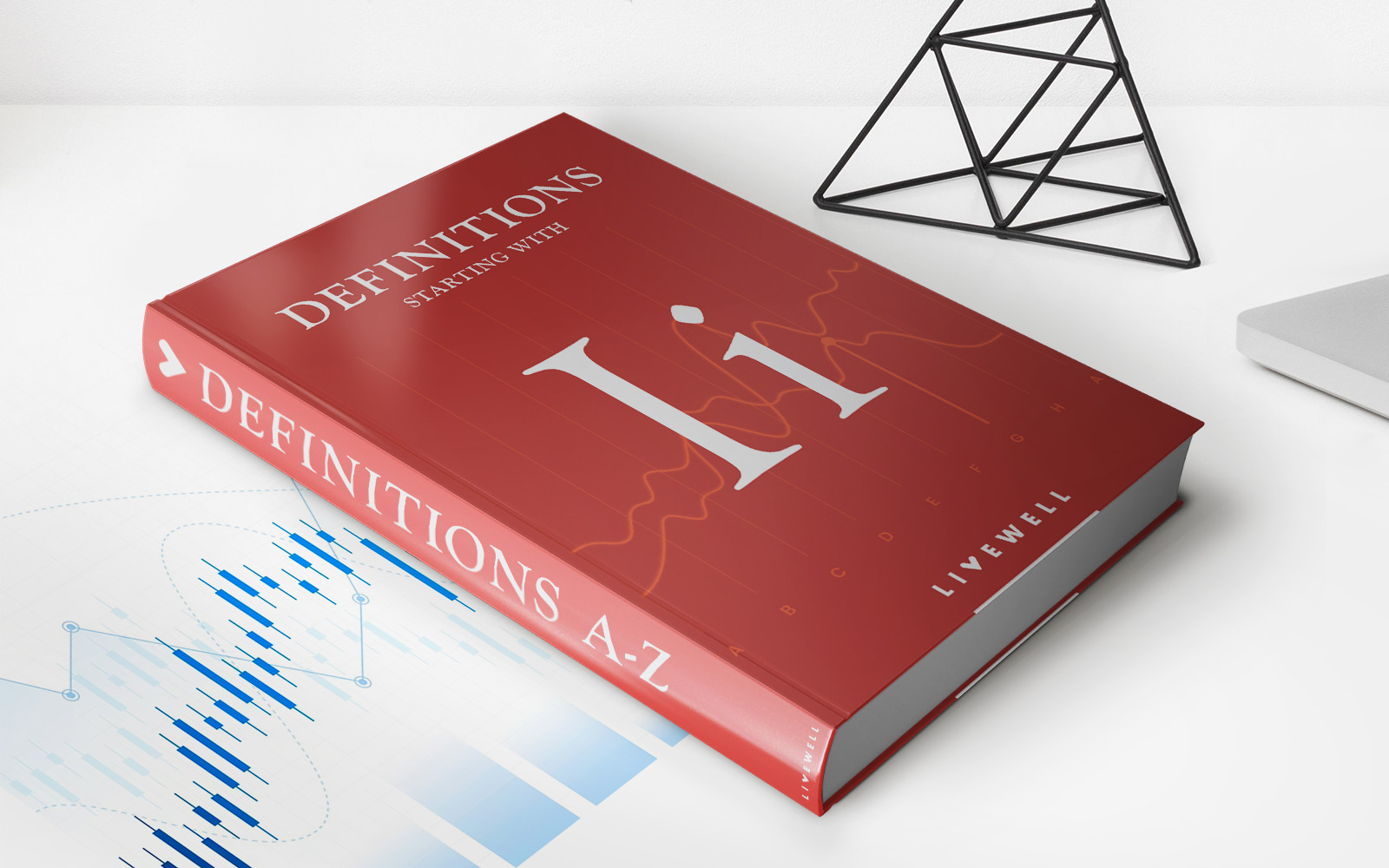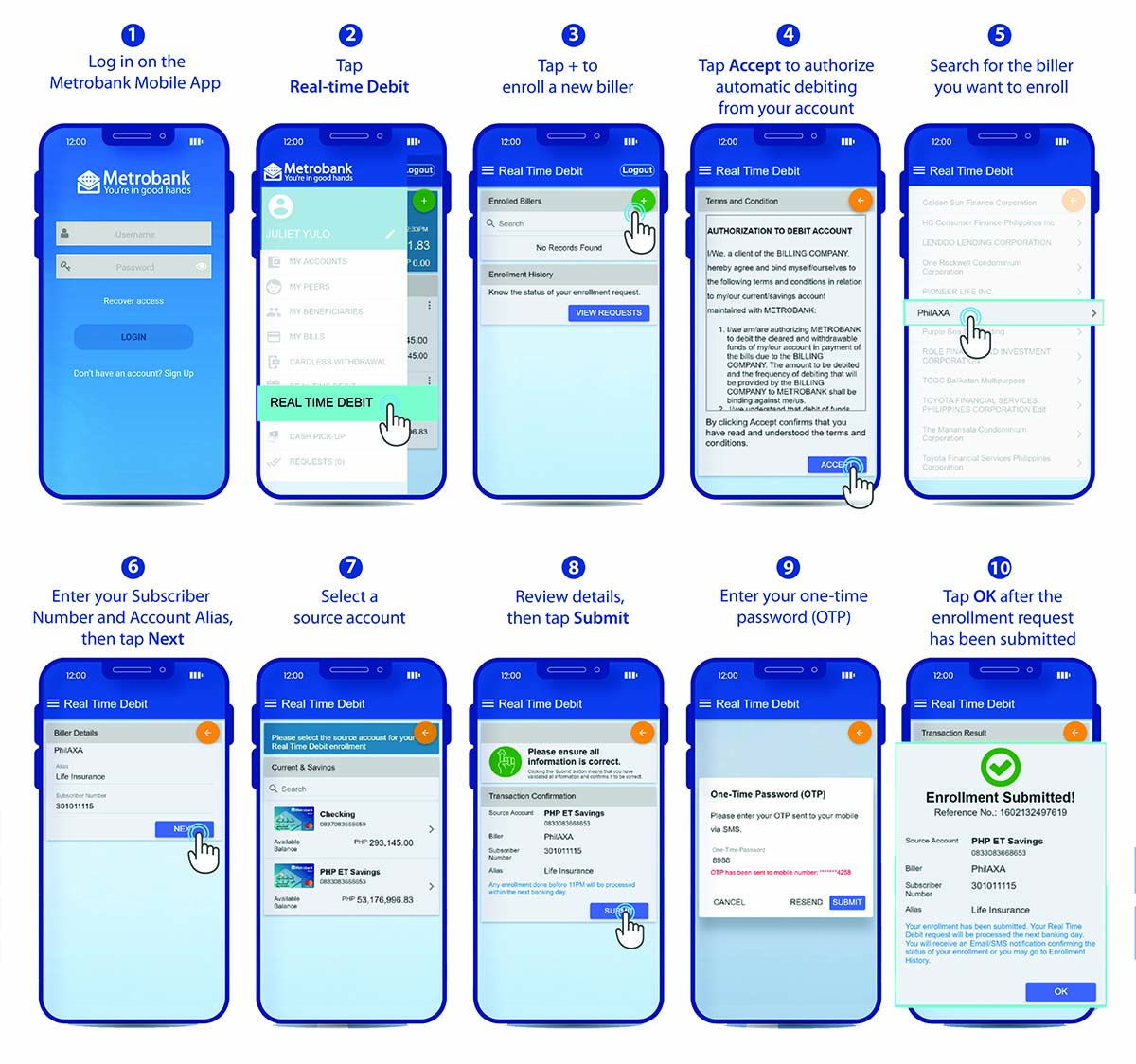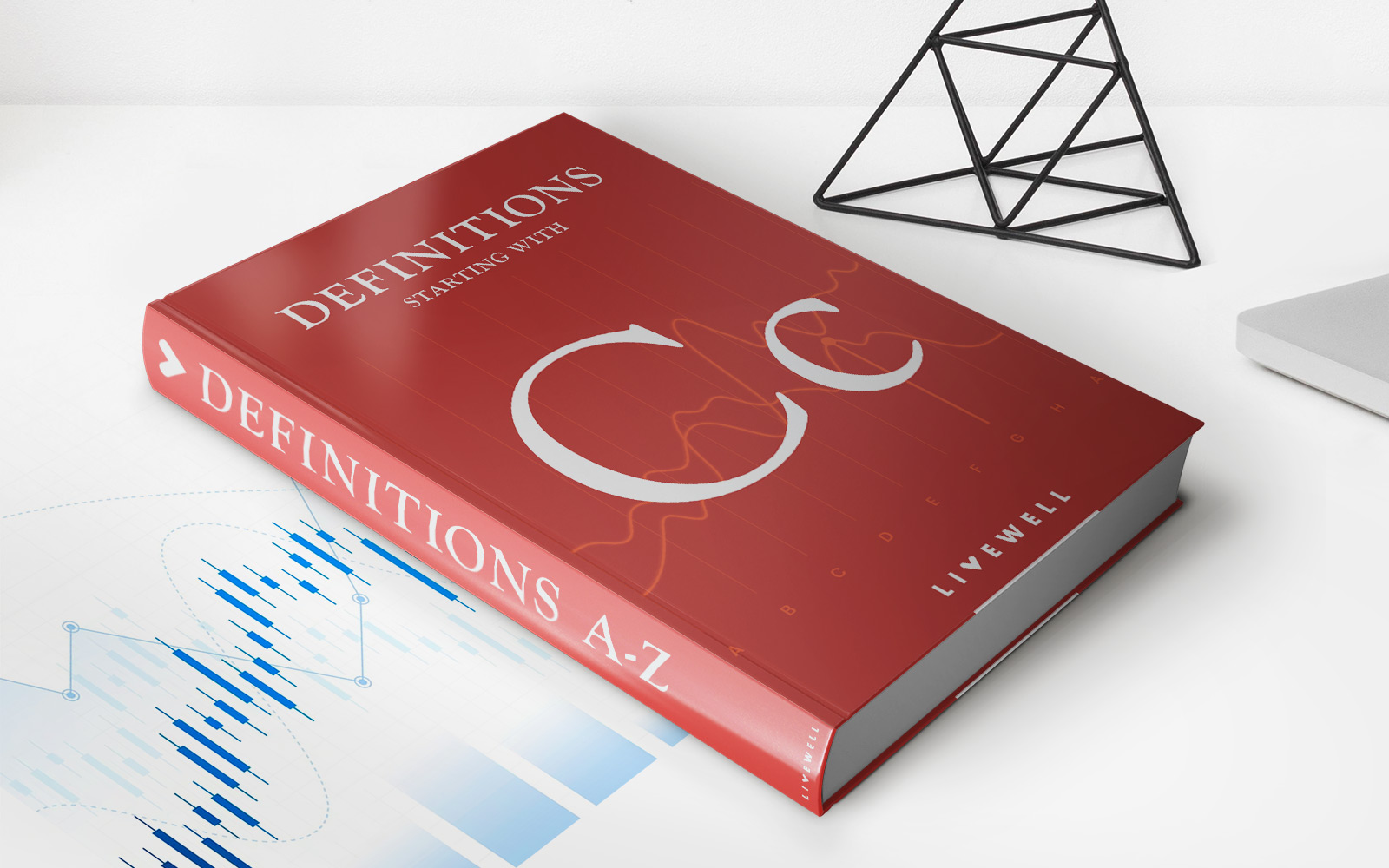

Finance
CFLEX Definition
Published: October 25, 2023
Learn about the definition of CFLEX in finance and how it can impact your financial strategies. Discover key insights and applications in this comprehensive guide.
(Many of the links in this article redirect to a specific reviewed product. Your purchase of these products through affiliate links helps to generate commission for LiveWell, at no extra cost. Learn more)
C-FLEX Definition: Understanding the Basics of this Financial Term
When it comes to the world of finance, there are a plethora of terms and acronyms thrown around that can be quite confusing for the average person. One such term that you may have come across is C-FLEX. But what exactly does it mean and how does it relate to the world of finance? In this blog post, we will provide you with a clear definition of C-FLEX and help you understand its relevance in the financial industry.
Key Takeaways:
- C-FLEX is a financial product that allows investors to trade and speculate on the price movements of major currencies.
- It provides a flexible and customizable investment option, allowing individuals to tailor their trading strategies to their specific needs and risk tolerance.
What is C-FLEX?
C-FLEX, short for Currency Futures and Options Flexible, is a financial product that provides investors with the opportunity to trade and speculate on the price movements of major currencies. It is a type of derivative contract that derives its value from an underlying currency exchange rate. By trading C-FLEX contracts, investors can bet on the fluctuations of exchange rates between different currencies.
C-FLEX Contracts
When trading C-FLEX contracts, investors have the option to enter into either futures or options contracts. Let’s take a closer look at each:
- C-FLEX Futures: These contracts obligate the buyer and seller to buy or sell a specific amount of currency at a predetermined price and on a future date. Futures contracts are often used by businesses and individuals who want to hedge against currency risks. They provide protection from potential adverse movements in exchange rates.
- C-FLEX Options: Options contracts give the buyer the right, but not the obligation, to buy (call option) or sell (put option) a specific amount of currency at a predetermined price within a specific period. Options are often used by investors looking to speculate on currency movements. They offer more flexibility, as the buyer can choose not to exercise the option if it’s not financially advantageous.
Why Trade C-FLEX Contracts?
Now that we have a basic understanding of what C-FLEX is, let’s explore some of the reasons why investors may choose to trade these contracts:
- Profit Potential: Trading C-FLEX contracts allows individuals to profit from the price fluctuations of major currencies, giving them the potential to earn significant returns.
- Risk Management: C-FLEX contracts can be used as a risk management tool to hedge against currency risks. They provide a way for businesses and individuals to protect themselves from adverse movements in exchange rates.
- Flexibility and Customization: C-FLEX contracts offer flexibility and customization options, allowing investors to tailor their trading strategies to their specific needs and risk tolerance. They can choose from different contract sizes, expiry dates, and strike prices.
In Conclusion
C-FLEX, or Currency Futures and Options Flexible, is a financial product that enables investors to trade and speculate on the price movements of major currencies. It offers flexibility, customization options, and the potential for profits. Whether you’re an individual looking to diversify your investment portfolio or a business seeking to manage currency risks, C-FLEX contracts can be a valuable tool in your financial toolkit.
So, the next time you come across the term C-FLEX, you’ll know exactly what it means and how it fits into the world of finance.
